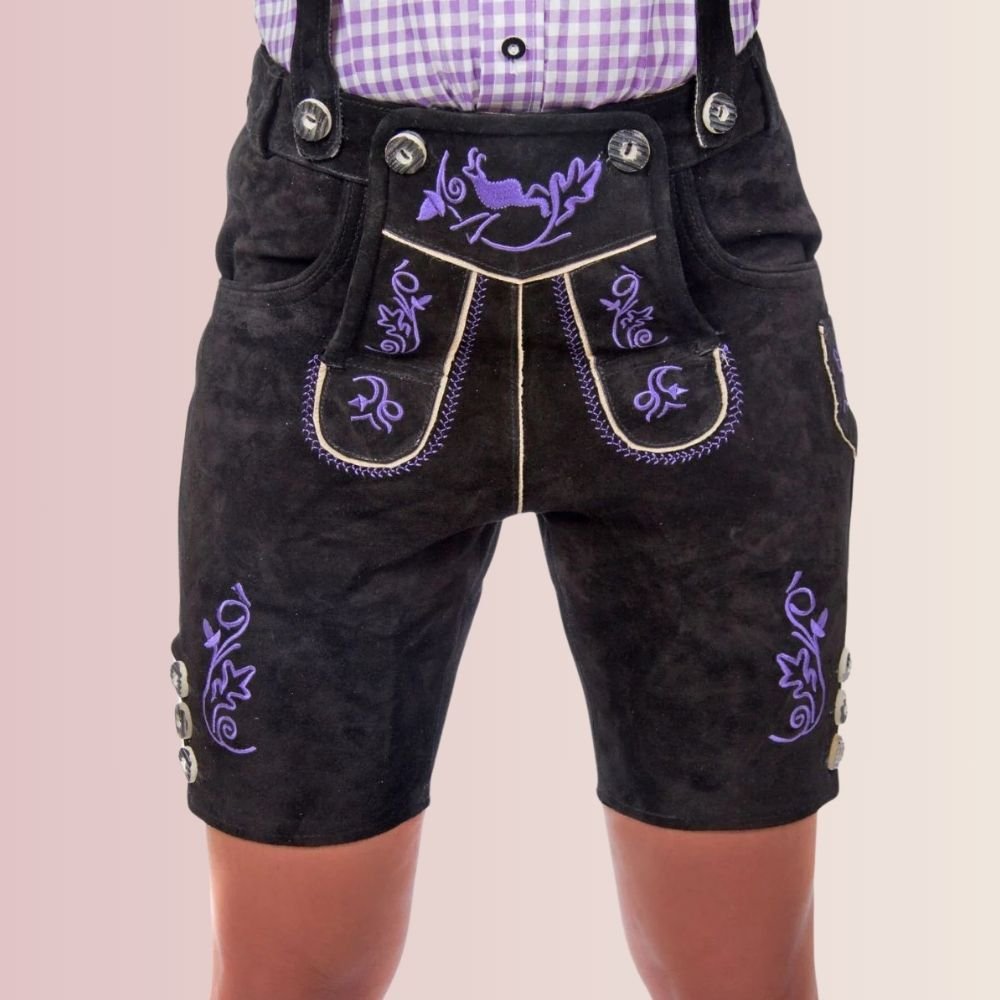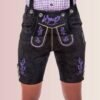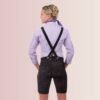Traditional Clothes in Germany: Heritage, Craftsmanship, and Style
Traditional clothes in Germany, known as Trachten, are a vibrant expression of the country’s regional diversity and historical roots. From the iconic Dirndl dresses to the rugged Lederhosen, these garments are deeply embedded in German culture and continue to captivate people worldwide. Whether you’re attending Oktoberfest, a folk festival, or seeking timeless European fashion, this guide explores Germany’s traditional attire, its history, symbolism, and modern relevance.
The History of Traditional clothes in Germany
Germany’s traditional clothing evolved over centuries, shaped by geography, social class, and occupation. Here’s a brief timeline:
16th–18th Century: Rural Roots
- Peasant Practicality: Farmers and laborers wore durable, functional outfits made from linen, wool, or leather.
- Regional Variations: Alpine regions like Bavaria favored Lederhosen (leather breeches), while northern areas developed simpler woolen attire.
19th Century: Romantic Revival
- Noble Influence: European nobility romanticized rural life, adopting folk costumes as fashionable attire.
- Unification Symbol: After German unification in 1871, Trachten became a symbol of national identity.
20th Century to Today: Global Popularity
- Oktoberfest Boom: The Munich Oktoberfest (1810) popularized Trachten globally, turning Dirndls and Lederhosen into festival staples.
- Modern Adaptations: Designers now blend traditional elements with contemporary fashion, making Trachten versatile for everyday wear.
Iconic Traditional clothes in Germany
1. Dirndl: The Quintessential German Dress
The Dirndl is a women’s dress with three key components:
- Bodice: Fitted and often embellished with lace, embroidery, or floral patterns.
- Blouse: Typically white with puff sleeves, though modern designs use bold colors.
- Skirt & Apron: A full, knee-length skirt paired with a decorative apron.
Symbolism of the Apron Bow:
- Left Side: The wearer is single.
- Right Side: Married or in a relationship.
- Front Middle: A virgin (rarely used today).
- Back: Widowed.
Regional Variations:
- Bavarian Dirndl: Bright colors, floral embroidery.
- Black Forest Dirndl: Darker tones with intricate lace.
2. Lederhosen: Germany’s Legendary Leather Pants
Originally worn by Alpine workers, Lederhosen (meaning “leather trousers”) are:
- Material: Soft, supple deer or goat leather.
- Design: Knee-length with suspenders, often adorned with embroidery (e.g., edelweiss flowers).
- Pairings: Checkered shirts, wool socks, and Haferlschuh (sturdy Bavarian shoes).
Modern Use: A staple at beer festivals, hiking trips, and even urban streetwear.
3. Trachten Jackets & Accessories
- Men’s Jackets: Wool or tweed Janker jackets with horn buttons.
- Women’s Vests: Embroidered vests worn over Dirndl blouses.
- Hats & Gamsbart: Felt hats with Gamsbart (chamois beard tufts) for men; floral hairpins for women.
4. Lesser-Known Regional Styles
- Schuhplattler Costumes: Elaborate outfits worn for Bavarian folk dances.
- Friesian Tracht: Northern Germany’s black-and-gold woolen dresses and bonnets.
- Bollenhut: The Red Pom-Pom Hat from the Black Forest, worn with a traditional Bollenhut dress.
Why Wear Traditional clothes in Germany
?
✅ Cultural Pride: Celebrate Germany’s festivals and heritage authentically.
✅ Timeless Quality: Handmade with durable materials like leather, linen, and wool.
✅ Versatility: Suitable for Oktoberfest, weddings, themed parties, or even casual outings.
✅ Unique Fashion Statement: Stand out with intricate embroidery and bold designs.
How to Style Traditional clothes in Germany
For Women:
- Classic Dirndl Look:
- Pair a floral Dirndl with a white blouse and lace apron.
- Add braided hairstyles, pearl necklaces, and ballet flats.
- Modern Twist:
- Opt for shorter hemlines or bold-colored Dirndls.
- Swap traditional shoes for ankle boots.
For Men:
- Traditional Lederhosen Ensemble:
- Combine knee-length Lederhosen with a checkered shirt, suspenders, and wool socks.
- Top it off with a Bavarian hat and leather shoes.
- Casual Style:
- Wear shorter Lederhosen with a plain shirt and sneakers for a relaxed vibe.
Where to Wear Traditional clothes in Germany
- Oktoberfest: The world’s largest beer festival in Munich (September–October).
- Christmas Markets: Embrace the festive spirit in a Dirndl or Trachten coat.
- Folk Festivals & Weddings: Perfect for cultural celebrations.
- Themed Events: Add flair to costume parties or historical reenactments.
Buying Guide: Choosing Traditional clothes in Germany
- Prioritize Materials:
- Dirndl: Look for cotton, linen, or silk skirts with hand-stitched embroidery.
- Lederhosen: Genuine leather (deer/goat) ensures longevity.
- Check for Authenticity:
- Bavarian Seal of Quality: Certifies traditional craftsmanship.
- Handmade Details: Irregular stitching or unique patterns indicate artisanal work.
- Fit & Comfort:
- Dirndls should hug the waist without restricting movement.
- Lederhosen must allow flexibility for sitting and dancing.
- Shop from Reputable Brands:
- Dirndl: Brands like Dirndlherz or Lederhosen store.
- Lederhosen: Angermaier or Bayern Trachten.
FAQs About Traditional clothes in Germany
Q: Can I wear a Dirndl if I’m not German?
A: Yes! Trachten is celebrated globally and welcomes everyone to join the tradition.
Q: How do I clean a Dirndl or Lederhosen?
A: Handwash Dirndl blouses; dry-clean embroidered skirts. For Lederhosen, wipe with a damp cloth and use leather conditioner.
Q: Are there vegan alternatives to Lederhosen?
A: Yes! Synthetic leather options are available for eco-conscious buyers.
Q: Can I customize my Trachten outfit?
A: Many brands offer tailored Dirndls or embroidered initials on Lederhosen.
Traditional clothes in Germany
While Trachten remains rooted in history, modern Germans blend tradition with innovation:
- Designer Collaborations: High-fashion brands like Dolce & Gabbana have featured Dirndl-inspired collections.
- Sustainable Trachten: Eco-friendly materials like organic cotton and recycled leather are gaining popularity.
- Streetwear Fusion: Urban youth pair Lederhosen with graphic tees or denim jackets.
Final Thoughts: Traditional clothes in Germany
Traditional clothes in Germany are more than costumes—they’re a celebration of artistry, history, and community. Whether you’re raising a beer stein at Oktoberfest or dancing at a summer festival, a Dirndl or Lederhosen connects you to Germany’s vibrant culture.
Ready to explore authentic Trachten? Browse our curated collection and wear a piece of German heritage today!








Reviews
There are no reviews yet.